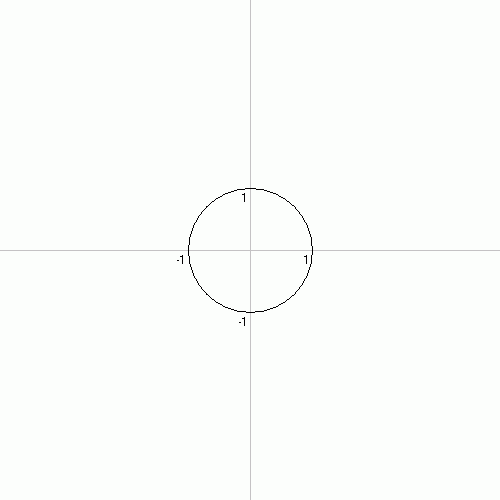|
65,537
65537 is the integer after 65536 (number), 65536 and before 65538. In mathematics 65537 is the largest known prime number of the form 2^ +1 (n = 4). Therefore, a regular polygon, regular 65537-gon, polygon with 65537 sides is constructible polygon, constructible with compass and unmarked straightedge. Johann Gustav Hermes gave the first explicit construction of this polygon. In number theory, primes of this form are known as Fermat number, Fermat primes, named after the mathematician Pierre de Fermat. The only known prime Fermat numbers are 2^ + 1 = 2^ + 1 = 3, 2^ + 1= 2^ +1 = 5, 2^ + 1 = 2^ +1 = 17, 2^ + 1= 2^ + 1= 257, 2^ + 1 = 2^ + 1 = 65537. In 1732, Leonhard Euler found that the next Fermat number is composite: 2^ + 1 = 2^ + 1 = 4294967297 = 641 \times 6700417 In 1880, showed that 2^ + 1 = 2^ + 1 = 274177 \times 67280421310721 65537 is also the 17th Jacobsthal–Lucas number, and currently the largest known integer ''n'' for which the number 10^ + 27 is a probable ... [...More Info...] [...Related Items...] OR: [Wikipedia] [Google] [Baidu] |
65537-gon
In geometry, a 65537-gon is a polygon with 65,537 (216 + 1) sides. The sum of the interior angles of any non–list of self-intersecting polygons, self-intersecting is 11796300°. Regular 65537-gon The area of a ''regular '' is (with ) :A = \frac t^2 \cot \frac A whole regular polygon, regular is not visually discernible from a circle, and its perimeter differs from that of the circumscribed circle by about 15 parts per billion. Construction The regular 65537-gon (one with all sides equal and all angles equal) is of interest for being a constructible polygon: that is, it can be constructed using a compass and an unmarked straightedge. This is because 65,537 is a Fermat prime, being of the form 22''n'' + 1 (in this case ''n'' = 4). Thus, the values \cos \frac and \cos \frac are 32768-Degree of a polynomial, degree algebraic numbers, and like any constructible numbers, they can be written in terms of square roots and no higher-order roots. Although it was ... [...More Info...] [...Related Items...] OR: [Wikipedia] [Google] [Baidu] |
